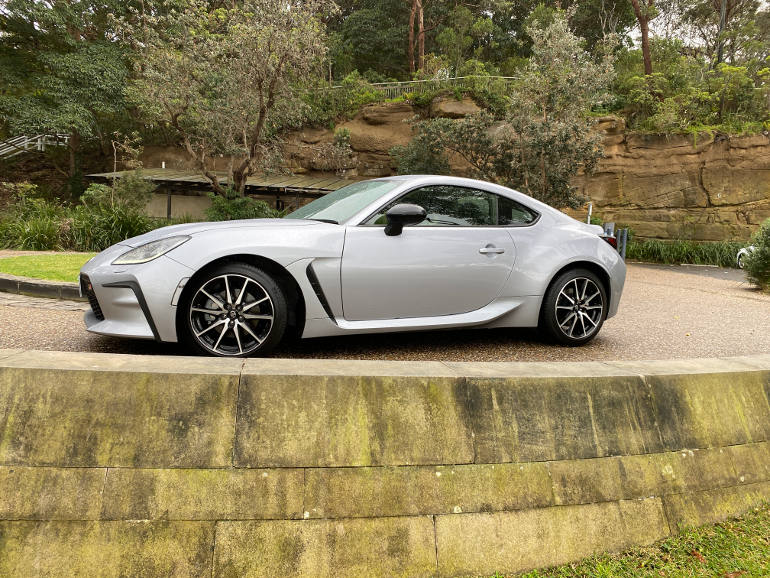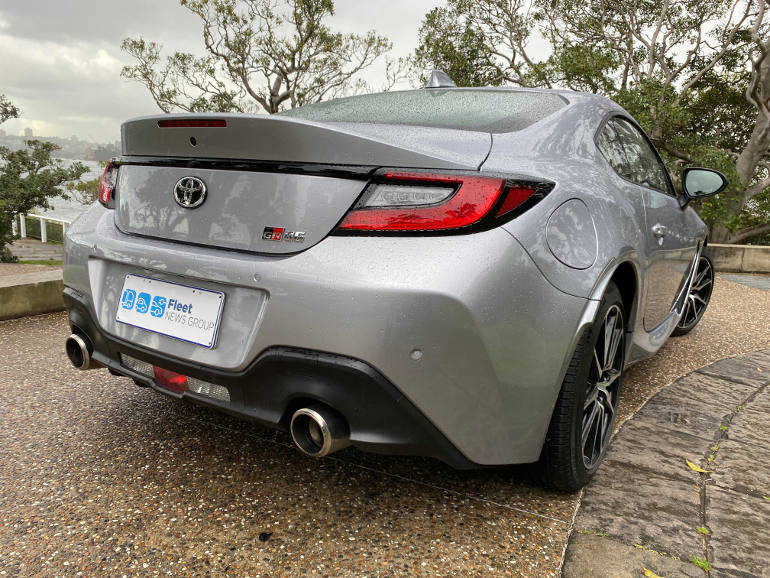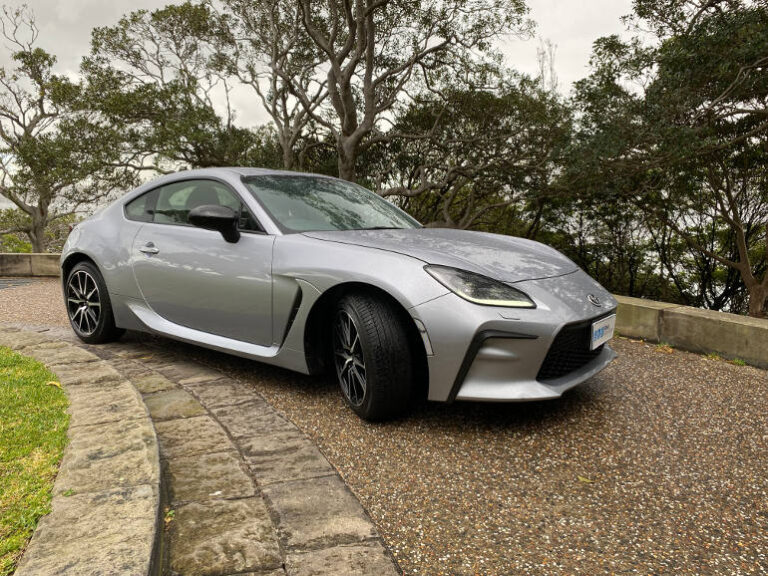Most people only drive for a purpose. Whether it’s a school run, the commute to work, or grocery shopping; the main purpose is to complete the task. This could be contributing to the levels of road rage. My solution to the mundane is – spend some time in a Toyota 86.
It turns the everyday into a sunny day. It brightens the daily grind of stop/start traffic. It changed the way I drove for a week.
From the day it was launched Toyota have invested in the car culture of the 86. A hybrid project with Subaru, the 86 has the same running gear as the BRZ, Toyota knew they needed cars that would inspire a generation of drivers to follow the road. The joint venture (similar to the latest Toyota Supra with BMW) appealed to the accountants because the development costs were shared, and the car designers could use the exterior to reflect the individual brand DNA.
Let me first address the practicality issues of a two door sports car. It’s a struggle with three teenagers. It has four seats but the rear ones aren’t very helpful. We have a larger second car for family trips, but the Toyota 86 restricted the ability to cater for ‘unexpected’ passengers (aka friends of teenagers expecting a lift). During the test drive week I was shuffling cars around depending on the purpose of the journey.
If you’re pre-kids, or they’re adults that arrange their own transport, you’ll be fine. The boot is large enough for most shopping adventures or a weekend away. The rear seat area is a good spot for a storage. I found it useful to store the workbag because I could easily reach it when I arriving at my destination.
During the recent September heatwave in Sydney I took the Toyota 86 to the beach with one child and some boogie boards. No problem. The boards slotted into the back seat area easily.
A challenge for ageing driving enthusiasts is the entry and exit angles. Its low to the ground with big doors. While sometimes impractical (and amusing to watch), it’s a price you pay for the enjoyment of driving.
And driving enjoyment is why you buy this car. It only takes 30 seconds to realise it’s not an SUV or a family car. The steering response reminds me that sports cars respond to your inputs instantly. There’s no lag or delay. The Toyota 86 is all business in the handling department. It’s been designed for balance over power and that’s evident the longer the drive.

I had the automatic version and didn’t feel like I missed any of the excitement. It was more relaxed and easier to manoeuvre through traffic and car parks. If I wanted some excitement from the engine, the paddle shifters worked a treat. And there’s no over amplified exhaust. It’s notable, but not offensive like the Corolla GR. Something the neighbours appreciated.
When in the driver’s seat you’re at one with the car. I’m not sure how the interior designers managed to get the setup so perfect. It’s small yet roomy at the same time. The controls are within reach and are perfectly laid out for the driver to control. And the seat wraps around your body in a way that supports and comforts for hours at the wheel.
Back to my driving style. Normally I’m a boring driver with a preference for large, comfortable, top of the range SUVs. The family get frustrated about my relaxed temperament on the road (especially when the teenagers are late for school or work). The Toyota 86 changed this. I became spirited and enthusiastic behind the wheel. Using the power and balance as intended without speeding or driving aggressively. It was so much fun I went driving for relaxation and without a purpose.
The wonderful thing about the 86 is the adaptability for all ages. I would buy one in a novated lease as a second car when the kids are older. I might even take it to a track day for the legal adrenalin rush. Though as older versions hit the second hand market, younger buyers can access the seemingly unlimited aftermarket options to increase the engine output or personalise the look. And that’s the car culture I think Toyota was hoping to inspire.







